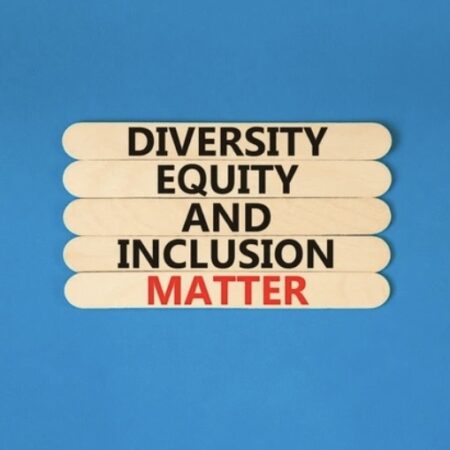
K-12 public schools may have to choose between Diversity, Equity, and Inclusion (DEI) programs and federal funding. The Daily Skimm reported that “The Trump administration is telling public schools nationwide: “Prove you’ve cut DEI efforts — or risk losing federal funding.” The government ordered K-12 schools to comply despite its unclear definition of a DEI program.
Subsequently, two Federal judges blocked Trump’s effort to ban DEI from K-12 education, but if the Trump administration prevails, and recent supreme court decisions indicate this is a real possibility, schools across the country could lose millions of dollars and/or risk Justice Department lawsuits.
Given that the Trump Administration is moving forward with dismantling the Department of Education and has paused $6B in education programs ahead of the school year, on top of longstanding under-funding for K-12 schools, this current threat is adding fuel to an existing fire.
The problematic co-opting of DEI
Loss of funding would cause suffering for affected students, but first let’s examine how the Trump administration and others are co-opting DEI to use it as leverage to make cuts. By convincing the base that DEI is bad on the level of “Critical Race Theory” and “Woke” and other trigger phrases, they have gained support for cutting funding without voters understanding what these programs are designed to accomplish at a societal level.
In practical reality, attacks on DEI programs are attacks on leveling the playing field for minority groups—especially Black people. In public schools, DEI-based funding losses will have a disproportionate negative impact on Black, Indigenous, and other students of color.
What happens when citizens are less educated?
Draining resources from public schools could result in students suffering academically and/or dropping out—often with long-term consequences. An under educated country could mean:
- Loss of critical thinking skills and declining literacy
- Declining civic engagement
- Government exploitation of a less-educated population, for example “Factory jobs for life”
- weakening child labor restrictions
- proliferation of corporate for-profit domestic prisons that provide nearly free labor
Ending DEI programs would affect everyone
Another target of these funding cuts would be disabled students. School districts may be forced to choose between purchasing textbooks and funding special education resources.
For better or for worse, public education has become a de-facto source of childcare for working parents. Under-funded K-12 public schools could mean less investment in services like student retention and mental health, which could mean disruptions for working parents.
With critical funding at stake, schools may feel pressured to eliminate activities such as LGBQT+ clubs, sports, music and other programs that keep students coming to school.
Those are just a few examples of how this Department of Education order to cut DEI programs or lose funding could harm students, families, and communities.
Take Action
- Email a message of support to the HCPS Office of Equity, Diversity, and Opportunity: tslewis@henrico.k12.va.us.
Learn More
- Read about Henrico County Public School’s Empowerment, Development and Opportunity
- It’s not just Education they are attacking: Memo asks recipients of federal funds to ban DEI programs including nonprofit organizations and private firms that are government contractors in addition to schools and colleges.